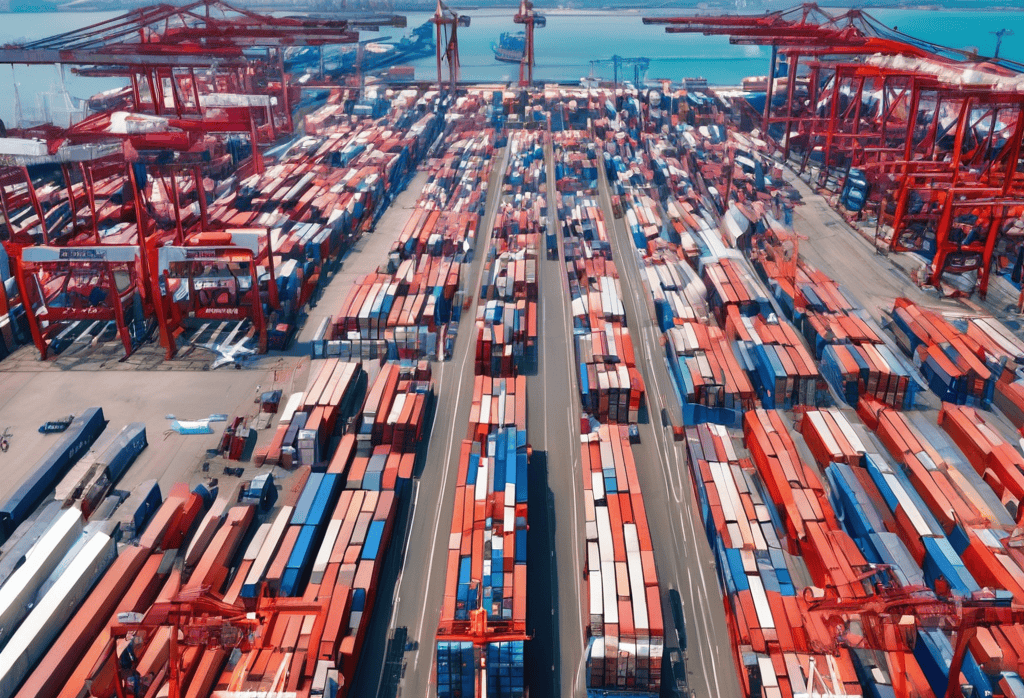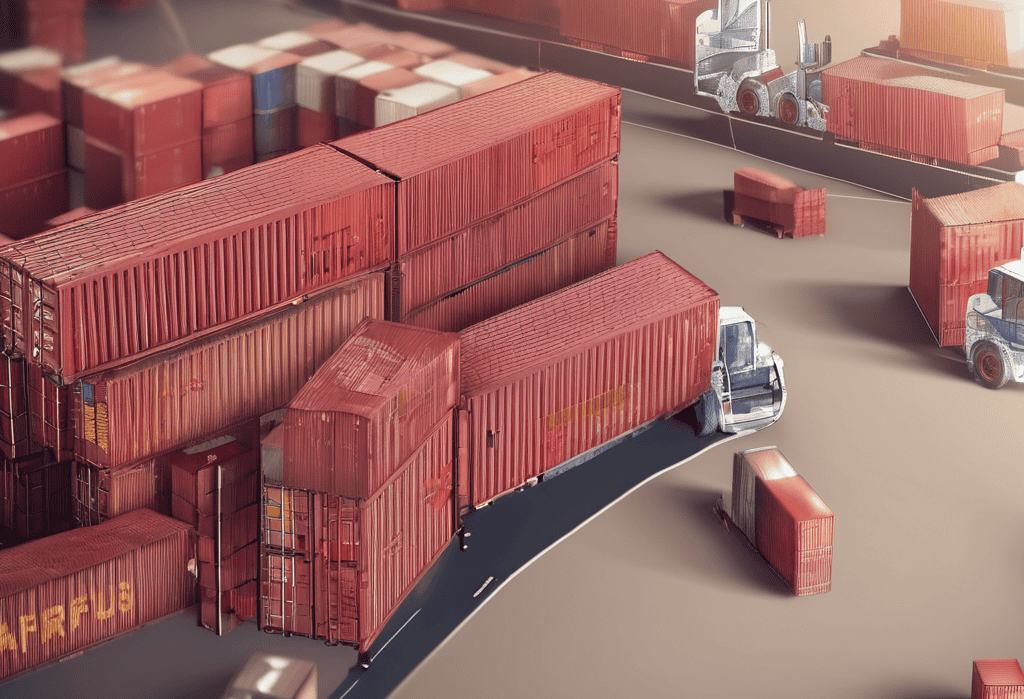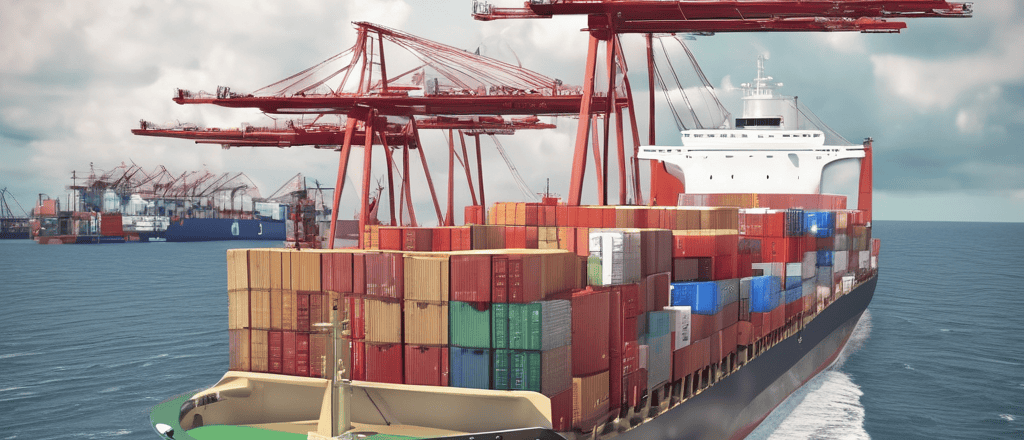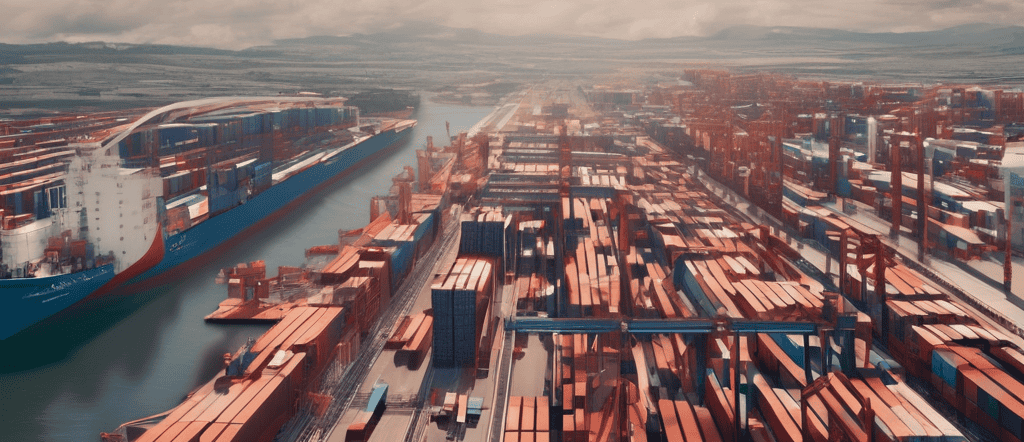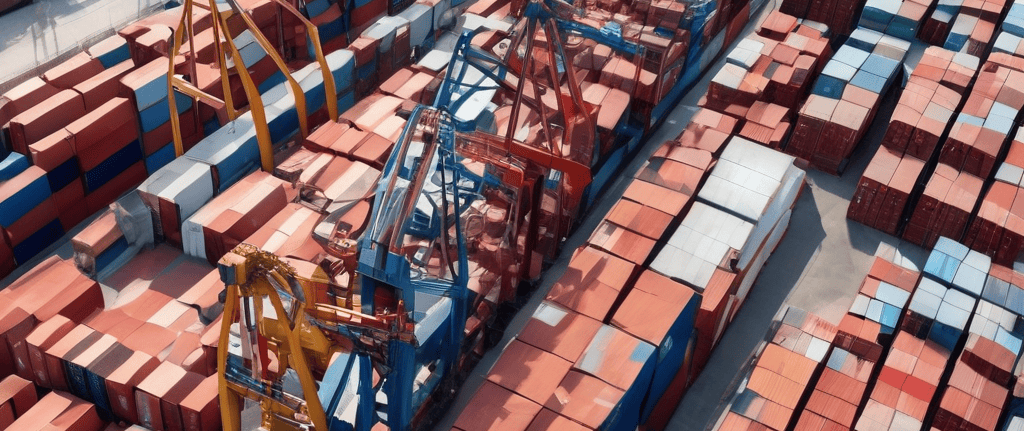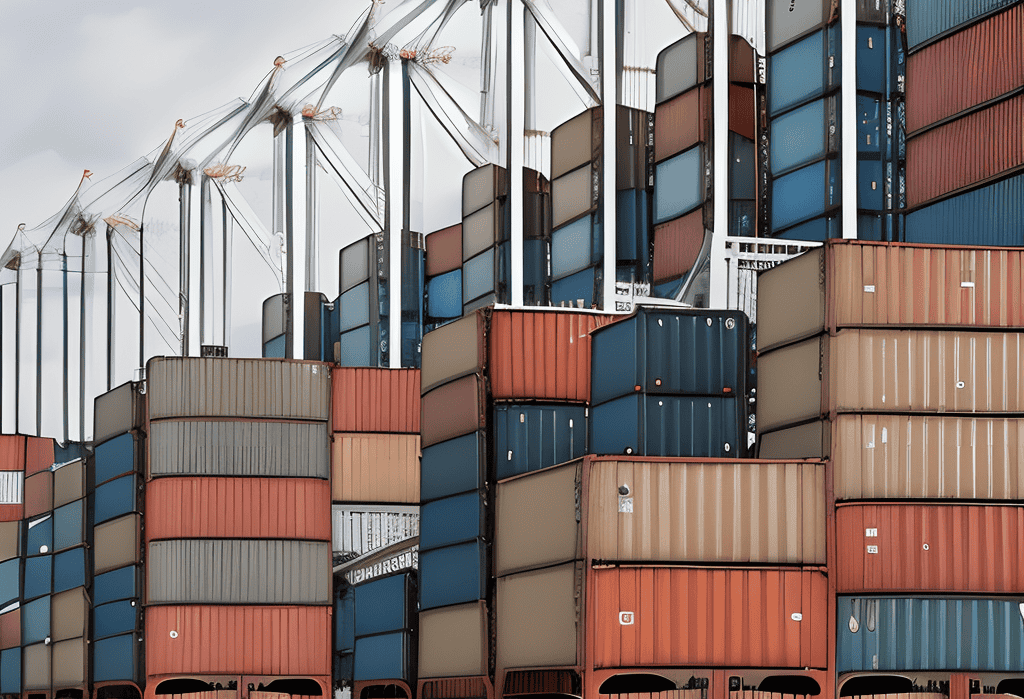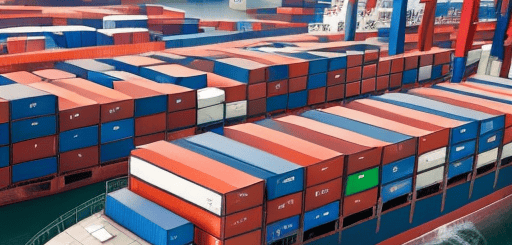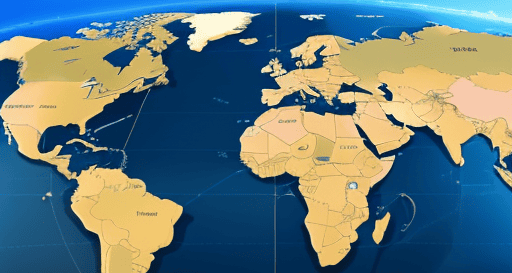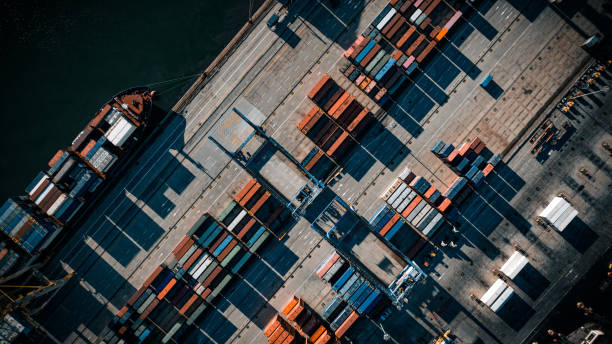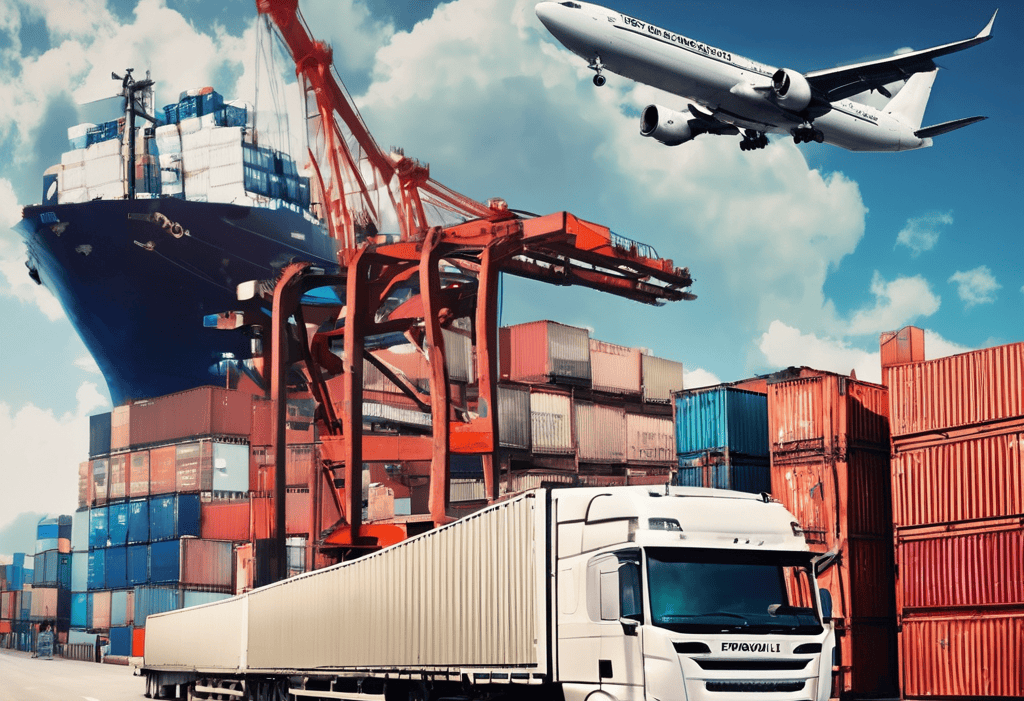Overcoming the challenges of international shipping and logistics requires proactive planning, collaboration with logistics partners, and investment in digitalization and risk management solutions. By addressing transportation costs, ensuring regulatory compliance, and developing contingency plans, businesses can optimize international shipping operations, minimize risks, and deliver goods to global customers in a timely and cost-effective manner.
International shipping and logistics play a critical role in facilitating global trade, connecting suppliers, manufacturers, and consumers across borders. However, navigating the complexities of international logistics presents numerous challenges, including transportation costs, regulatory compliance, and supply chain disruptions. Here, we explore the challenges of international shipping and logistics and strategies for overcoming obstacles to ensure smooth operations and timely delivery of goods in global supply chains.
Understanding the Complexities of International Shipping and Logistics
- Transportation Costs:
Transportation costs, including freight rates, fuel prices, and surcharges, can significantly impact the profitability of international trade transactions. Fluctuations in oil prices, currency exchange rates, and geopolitical tensions can lead to volatility in transportation costs, affecting supply chain budgets and pricing strategies.
- Regulatory Compliance:
Compliance with customs regulations, import/export controls, and trade documentation requirements is essential for smooth clearance of goods across international borders. Failure to comply with regulatory requirements can result in delays, fines, or seizure of goods, disrupting supply chain operations and affecting customer satisfaction.
- Supply Chain Disruptions:
Supply chain disruptions, such as natural disasters, port congestion, labor strikes, or political unrest, can disrupt international shipping schedules, delay shipments, and increase logistics costs. Businesses must develop contingency plans, diversify sourcing strategies, and maintain safety stock levels to mitigate the impact of supply chain disruptions on operations.
Strategies for Overcoming Challenges in International Shipping and Logistics
- Collaboration with Logistics Partners:
Forge strategic partnerships with experienced logistics providers, freight forwarders, and customs brokers to navigate regulatory hurdles and optimize transportation routes. Collaborate with logistics partners to consolidate shipments, optimize container utilization, and negotiate favorable freight rates to reduce transportation costs.
- Digitalization and Automation:
Embrace digital technologies and automation solutions to streamline logistics processes, automate documentation, and improve supply chain visibility. Implement cloud-based logistics platforms, track-and-trace systems, and electronic data interchange (EDI) to enhance efficiency, accuracy, and transparency in international shipping operations.
- Risk Management and Contingency Planning:
Develop robust risk management strategies and contingency plans to mitigate the impact of supply chain disruptions on international shipping operations. Conduct risk assessments, identify critical dependencies, and establish alternative transportation routes, carriers, and suppliers to ensure business continuity in the face of unforeseen events.
#InternationalShipping #LogisticsManagement #SupplyChainDisruptions #RegulatoryCompliance #TransportationCosts #SupplyChainResilience #RiskManagement #BusinessStrategy #GlobalTrade #SupplyChainOptimization
Read more views







